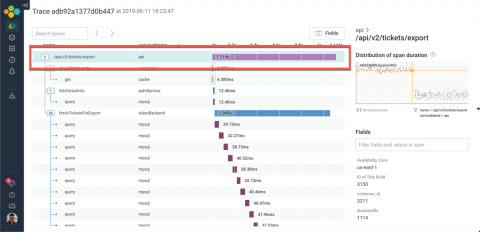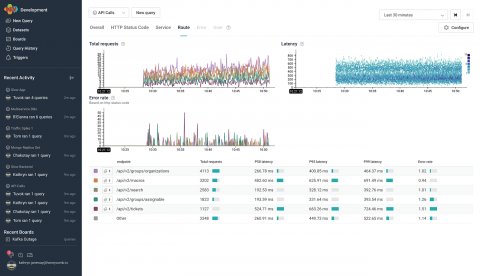Making Instrumentation Extensible
Observability-driven development requires both rich query capabilities and sufficient instrumentation in order to capture the nuances of developers’ intention and useful dimensions of cardinality. When our systems are running in containers, we need an equivalent to our local debugging tools that is as easy to use as Printf and as powerful as gdb.






